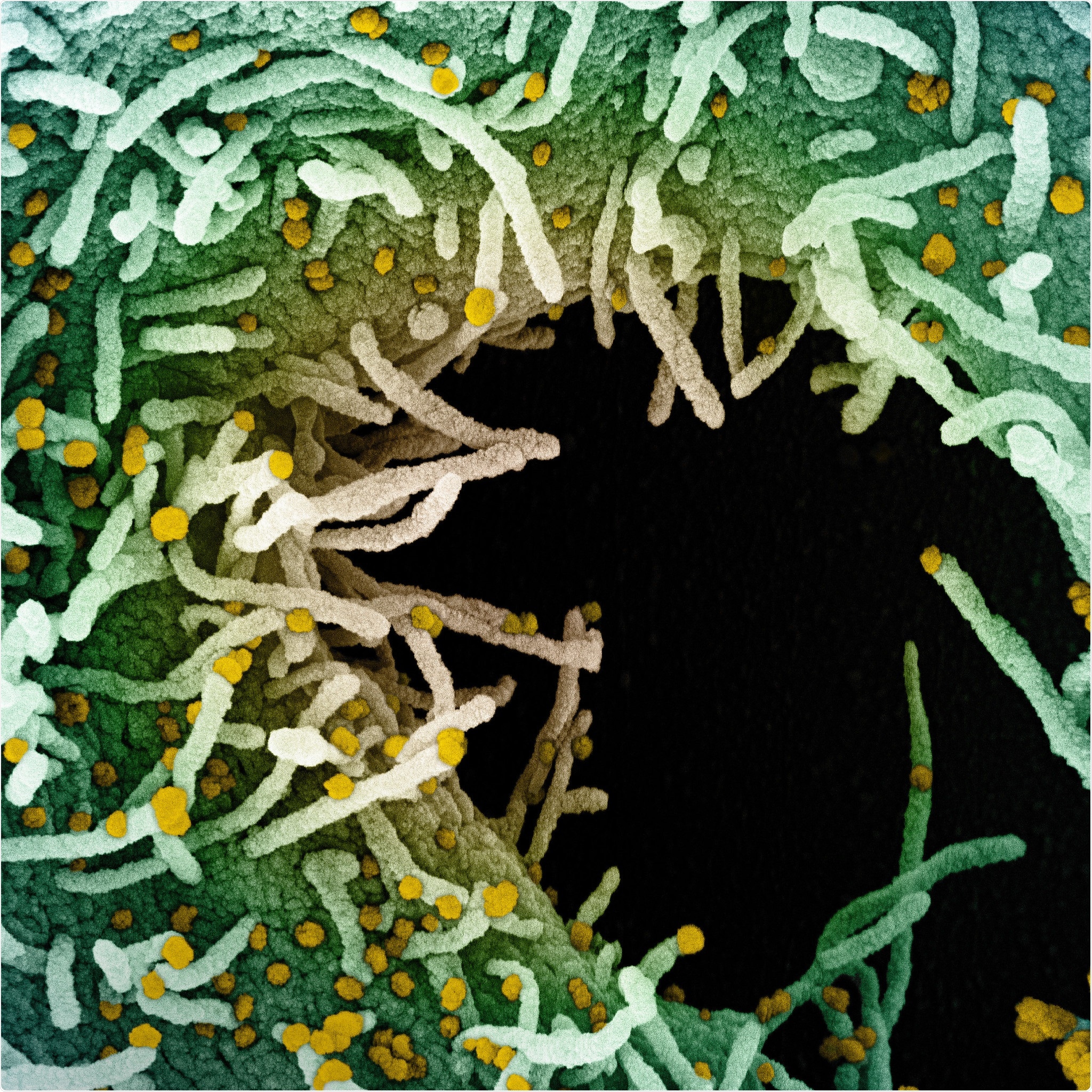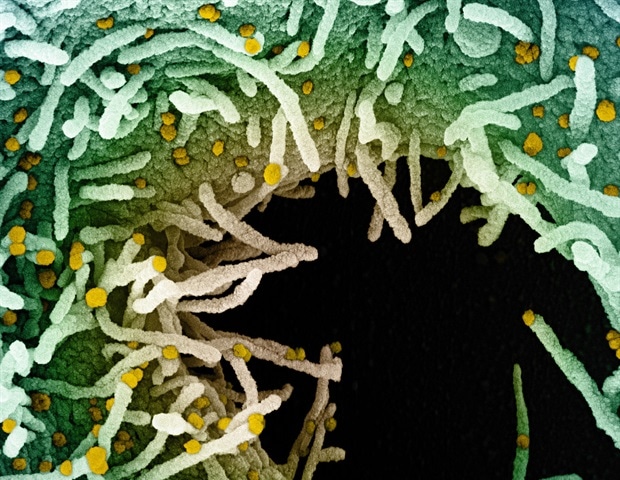In contrast to previous hypotheses, researchers from the University College London and Great Ormond Street Hospital for Children NHS Foundation Trust found no evidence of unique viral sequences from patients with pediatric inflammatory multisystem syndrome temporally associated with SARS-CoV-2 (PIMS-TS). Their study is published on the medRxiv* preprint server.

Since the emergence of first cases in December 2019, the spread of severe acute respiratory syndrome coronavirus 2 (SARS-CoV-2) has quickly resulted in coronavirus disease (COVID-19) pandemic. Today we are well aware of a broad spectrum of SARS-CoV-2 presentations, which includes atypical manifestations and possible mimic conditions.
Although a significant threat in the elderly population, severe disease, and death due to SARS-CoV-2 is rare in children. Nevertheless, a small number of children with multisystem inflammation and shock have been reported – either after testing positive for SARS-CoV-2 or just by confirming epidemiological links.
This new syndrome was named the pediatric inflammatory multisystem syndrome temporally associated with SARS-CoV-2 (PIMS-TS), and shares features with other pediatric inflammatory conditions – including Kawasaki disease, bacterial sepsis, toxic shock syndrome, and macrophage activation syndrome.
In a recent case series published by the leading journal JAMA, hospitalized children who met criteria for PIMS-TS presented with a wide array of signs/symptoms and disease severity categories – ranging from fever and inflammation to myocardial injury, coronary artery aneurysms and shock. But the question remains: what is causing it?
The pathogenesis of PIMS-TS
The exact pathogenesis of PIMS-TS is thus far elusive. Still, it has been proposed that a part of the SARS-CoV-2 viral spike protein, which is pivotal for binding onto cells, may resemble a super-antigen (i.e., a protein that uses an efficient mechanism of T lymphocyte stimulation) and subsequently drive the development of PIMS-TS.
More specifically, polymorphic residues in spike protein (including A831V and D839Y/N/E2) that may enhance the binding affinity to the T cell receptor have been observed in lineages circulating in Europe and North America, which is where most of the PIMS-TS cases have been described.
Moreover, the 614G spike protein polymorphism may be linked to the increased viral transmission and altered SARS-CoV-2 biology. At the same time, certain studies have shown that the cell entry of such viral types may proceed much smoother.
In order to find potential evidence of unique sequences associated with the viruses from PIMS-TS patients, the researchers from the University College London and Great Ormond Street Hospital for Children NHS Foundation Trust decided to analyze viral sequences from pediatric COVID-19 patients.
Next-generation sequencing and comparison with reference genome
To examine whether the SARS-CoV-2 sequence variation might be a significant contributor in the pathogenesis of PIMS-TS, this research group sequenced viral isolates from children hospitalized for COVID-19 in London between late March and mid-May 2020.
From a total of 61 children hospitalized with COVID-19, 36 were diagnosed with PIMS-TS. In the latter group, 11 of children were positive for SARS-CoV-2 viral RNA. Full-length viral genome sequences were obtained from 5 children with PIMS-TS and 8 children without the syndrome by utilizing Illumina sequencing, which is widely embraced next-generation sequencing technology.
The obtained reads were quality checked and subsequently mapped to the SARS-COV-2 reference genome from GenBank (i.e., an open-access collection of all publicly available nucleotide sequences). The researchers also constructed a maximum likelihood phylogeny of these sequences, but also 130 SARS-CoV-2 sequences generated from community cases across North London.
Representative of a locally circulating SARS-CoV-2
“Using the reference genome (NC_045512), we observed no single nucleotide polymorphisms (SNPs) unique to the PIMS-TS or the other childhood cases and no difference in the distribution of single nucleotide polymorphisms between PIMS-TS, non-PIMS-TS and community cases”, say study authors.
More specifically, all childhood cases were characterized by A831 and D839 mutations, as were all of the locally circulating samples. Furthermore, the majority of all sequenced viruses were 614G positive.
“There was no clustering of viral sequences from PIMS-TS patients or non-PIMS-TS patients in relation to other local sequences,” study authors further explain their findings in the medRxiv paper.
In a nutshell, the overall data suggest that viruses causing PIMS-TS in this cohort of children are indeed representative of locally circulating SARS-CoV-2 strains. In other words, no evidence for an association of PIMS-TS with new or unusual sequence polymorphisms has been found.
Hence, further studies are definitely warranted for any steadfast conclusions; in the meantime, long-term follow-up will be pivotal and cardiac vigilance needed in pediatric cohorts of patients, until this condition is understood better.
*Important Notice
medRxiv publishes preliminary scientific reports that are not peer-reviewed and, therefore, should not be regarded as conclusive, guide clinical practice/health-related behavior, or treated as established information.
- Whittaker, E. et al. (2020). Clinical Characteristics of 58 Children With a Pediatric Inflammatory Multisystem Syndrome Temporally Associated With SARS-CoV-2. JAMA. https://doi.org/10.1001/jama.2020.10369
- Pang, J. et al. (2020). No evidence of viral polymorphisms associated with Paediatric Inflammatory Multisystem Syndrome Temporally Associated With SARS-CoV-2 (PIMS-TS). medRxiv. https://doi.org/10.1101/2020.07.07.20148213
